Essential Famicom Games from the Pre-NES Days
Seven games that made Nintendo's first console a juggernaut before it ever reached America.
This article first appeared on USgamer, a partner publication of VG247. Some content, such as this article, has been migrated to VG247 for posterity after USgamer's closure - but it has not been edited or further vetted by the VG247 team.
These days, a game console launch happens worldwide within weeks of its debut in one country or another. It wasn't always that way, though; back in the '80s, Nintendo launched the Famicom two and a half years before its test run in the U.S. as the Nintendo Entertainment System. Thanks to that delay, the system had a pretty impressive library of software under its belt by the time it hit the States -- which, coincidentally, happened right around the same time the console got its Japan-only upgrade, the Famicom Disk System. That makes those first couple of years of the system's life overseas a sort of prehistory of sorts, dominated by simple, primitive games. Most of them are totally forgettable, but not all of them! Before the Famicom became the NES, these seven games helped the console cement itself as a force to be reckoned with in its homeland.
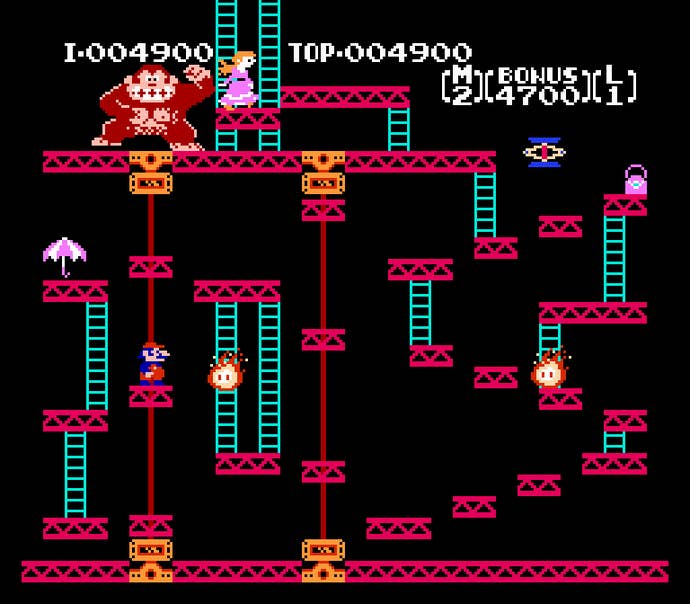
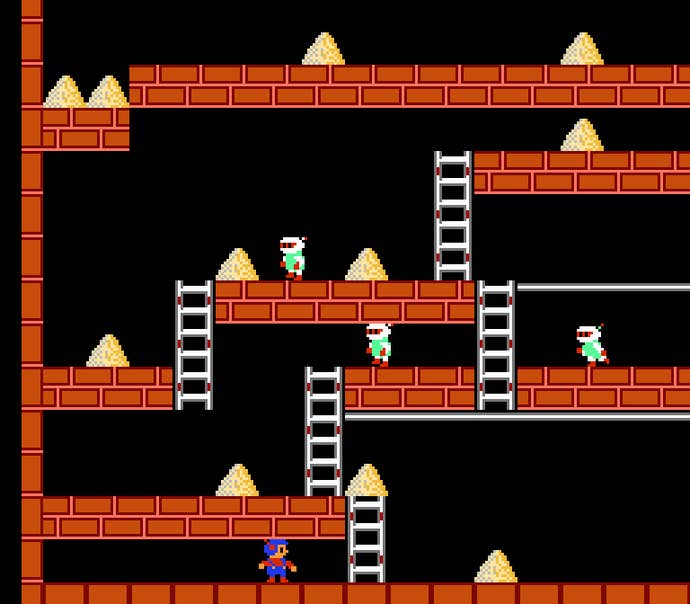
Donkey Kong
1983, Nintendo
By the time the Famicom arrived, Donkey Kong had made the rounds. After its glorious success in the arcades, it showed up in fairly horrible fashion on Atari 2600 and Intellivision, followed by a far more impressive version on the ColecoVision. The Famicom version, however, was the version to beat: Aside from missing an entire level (the cement factory, absent the vast majority of DK conversions), it looked, sounded, and played exactly like the original. It's a sign of a simpler time that Nintendo could serve up a two-year-old arcade game as the killer app for a new platform, but here we had proof positive that Famicom could stomp its predecessors.
Curiously, the Famicom/NES rendition of Donkey Kong is the one Nintendo treats as the "original" game, which most likely stems from a lawsuit which posited that Nintendo screwed over the game's actual programmers. We'll never know the full details, but this very likely accounts for why Nintendo has never dredged up the arcade classic for Virtual Console. In fact, they've gone so far as to add the cement factory level for a limited reissue of the NES game that appeared on certain European Wiis and as a 3DS bonus download.
Lode Runner
1984, Hudson
As a port of a popular U.S.-developed PC game, Lode Runner deserves some small notice. But the real legacy it commands is that it marked the debut of third parties on Nintendo's console. As we all know, third parties today are utterly mandatory for the success of a console (except, ironically, Nintendo's), but in 1984 that wasn't a given. The rush of third parties had caused the quick, suffocating death of the Atari 2600 in the U.S., and there was no guarantee that the same wouldn't happen to the Famicom.
And yet, it didn't. On the contrary, third parties and Famicom thrived together; early adopters like Husdon and Namco raked in huge cash by being the first to the party right as Famicom began to hit the big time. Nintendo's careful controls over third party content would eventually poison their relationship with a lot of publishers, but in 1984 they allowed Famicom to succeed where every other platform to date had failed.
Besides, Lode Runner really was interesting in its own right. It codified the Japanese approach to adapting Western content, taking the simple monochromatic stick-men of Doug Smith's Apple II game and turning them into cute cartoons -- a visual upgrade that brought with it a number of gameplay update as well.
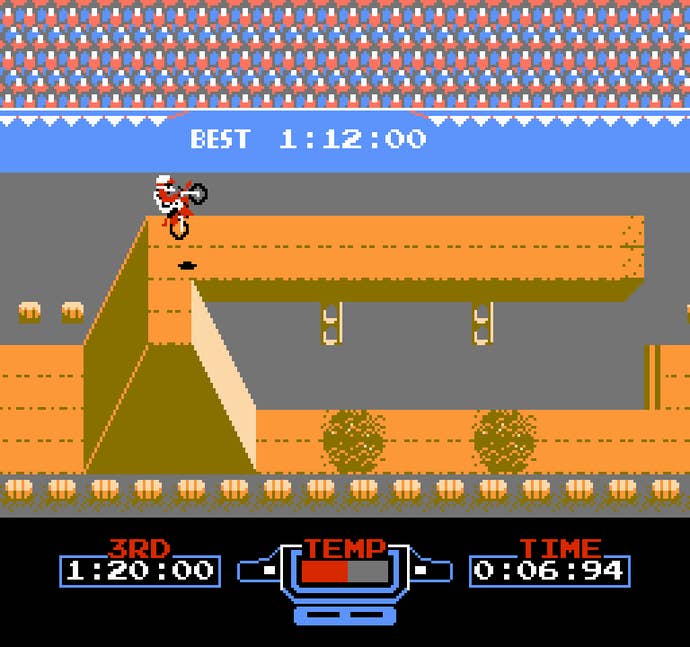
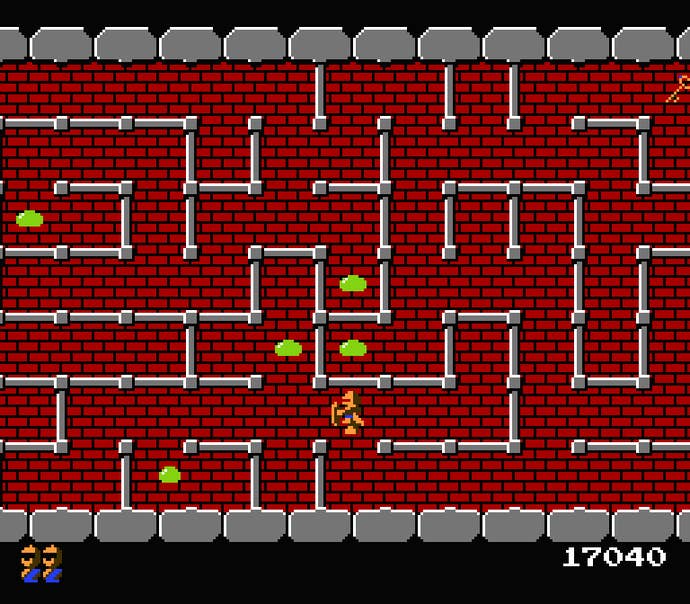
Excitebike
1984, Nintendo
While not the first original Nintendo-developed game for Famicom, Excitebike remains one of the best loved and most iconic works of their early years. Despite its utter simplicity (players race "around" a circular track that curiously lacks anything like curves), it manages to place high expectations upon players. The constant tug-of-war between speed and engine heat forces tactical play in order to outrace the competition, not to mention a keen sense of where the cooling zones appear on each track. And hitting those jump ramps at just the right angle to gain some extra distance without wiping out requires shocking finesse.
Tower of Druaga
1984, Namco
A modest blip of a game in the arcades, proto-action-RPG Tower of Druaga truly came into its own on consoles, where players could wrestle with its arcane secrets and not have to drop a quarter into the game every time they died from some heinous surprise trap or because they'd overlooked the Jet Boots on floor three and were permanently crippled for the remainder of the adventure. With its top-down viewpoint at a sword-wielding warrior in a labyrinth full of monsters to kill and gear to collect, Druaga surely helped inspire Nintendo's own The Legend of Zelda -- and until that golden classic came along, Druaga was the console RPG to own.
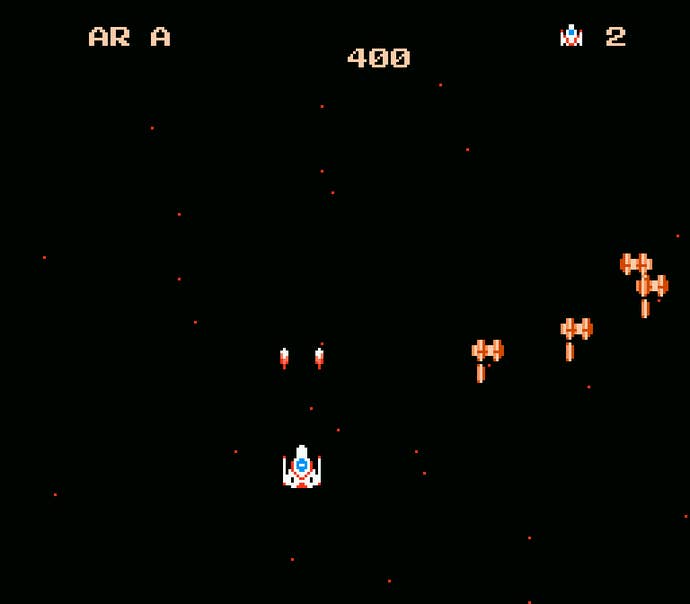

Star Force
1984, Hudson
Though perhaps not as well-known as its follow-up Star Solider, Star Force became a key player in the Famicom's cultural legacy. This adaptation of Tecmo's arcade shooter inspired publisher Hudson an entire franchise that ran the life of the NES and beyond (its best entries mostly appeared on the TurboGrafx-16). It also gave rise to the "caravan" shooting scene, a touring game competition that helped spawn a fandom of score-obsessed shooter fanatics that thrives to this day. And, of course, this franchise helped launch the career of Takahashi Meijin, the Master Higgins of Hudson's Adventure Island: His shocking thumb speed when firing on foes turned him into a video game celebrity and even inspired a certain boss in one of the Star Soldier games that could only be destroyed by hitting it 16 times in a single second.
The Portopia Serial Murder Case
1985, Enix
Enix's breakthrough adventure hit Portopia Renzoku Satsujin Jiken (The Portopia Serial Murder Case) began life as a PC game released around the same time the Famicom launched -- June 1983. It wouldn't make its way to consoles until sometime in late 1985. So what made this late Famicom port so remarkable? Its follow-up: Designer Yuji Horii drew on this game's simplified graphical interface and scene-by-scene style as he worked on his magnum opus, 1986's Dragon Quest. But that's not all; Famicom eventually played home to enough police procedural adventure games to make the producers of the CSI franchise jealous... and almost all of them to a one was patterned after Portopia, including Nintendo's successful Famicom Detective Club series. While a solid enough game in its own right, Portopia continues to live on through its successors.
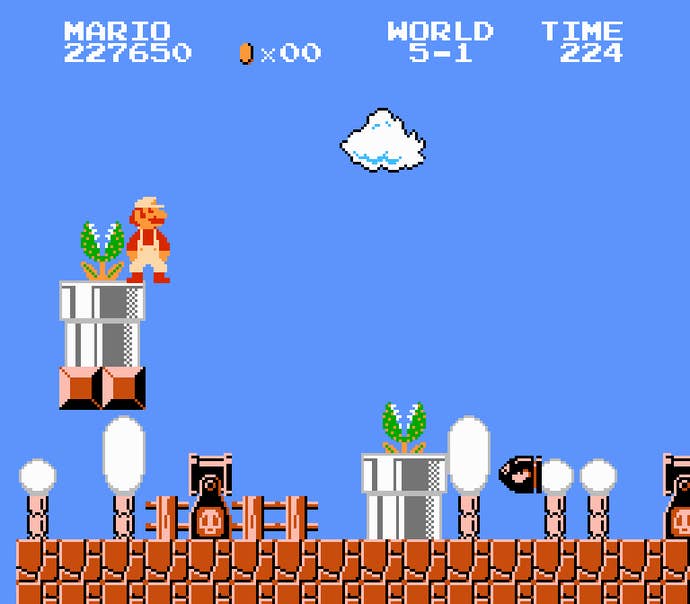
Super Mario Bros.
1985, Nintendo
If reputation and influence are the standard by which we judge a game's legacy (and, really, they're not a bad metric), Super Mario Bros. deserves to go down in history not only as the most important game on the Famicom but probably the most important game of the second half of the '80s. Super Mario codified the platformer genre and all its attendant mechanics and clichés; it cemented the Famicom's success in Japan (and the NES's success in the U.S.); it made Nintendo more than a one-hit wonder; and it was really damn fun, too. Set across 32 sprawling stages, dense with secrets, ever more challenging, and designed with flawless controls and physics, Super Mario truly defined the NES and set the tone for a decade of Japanese console game domination.
